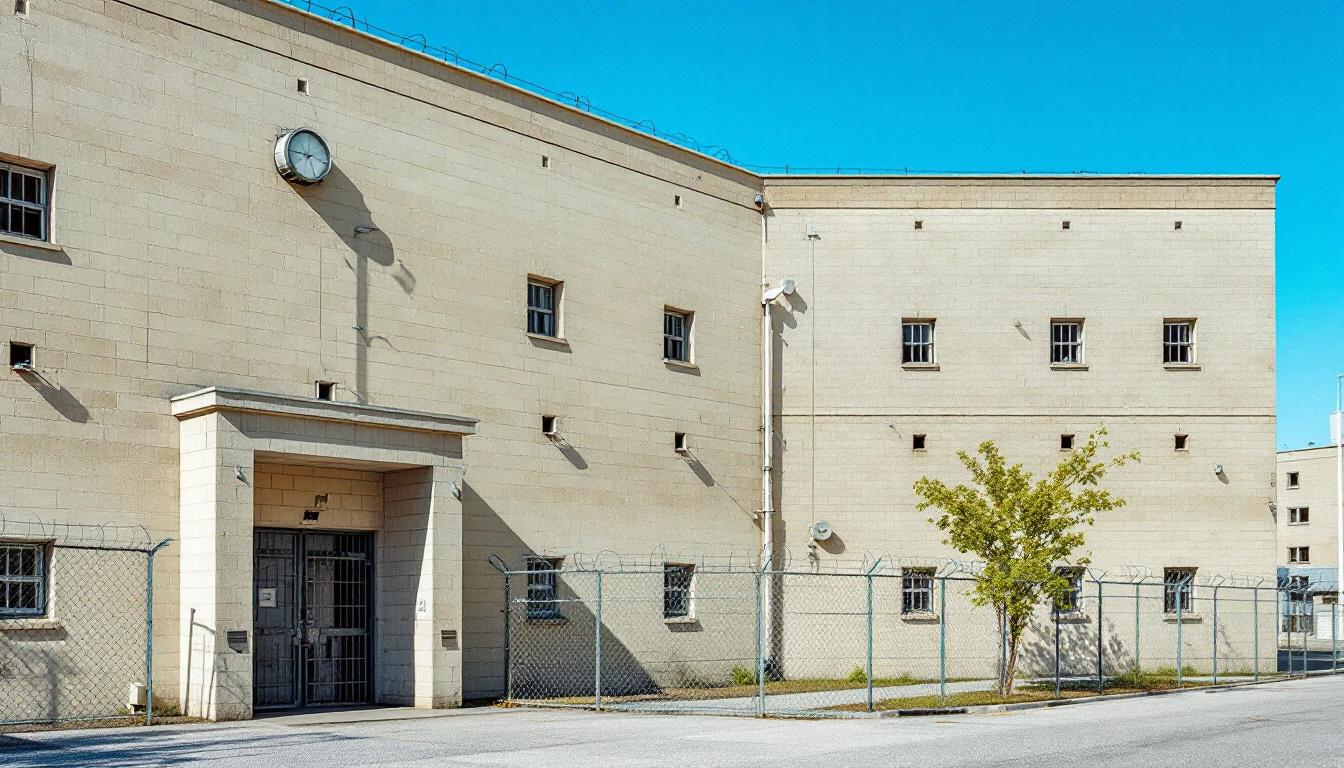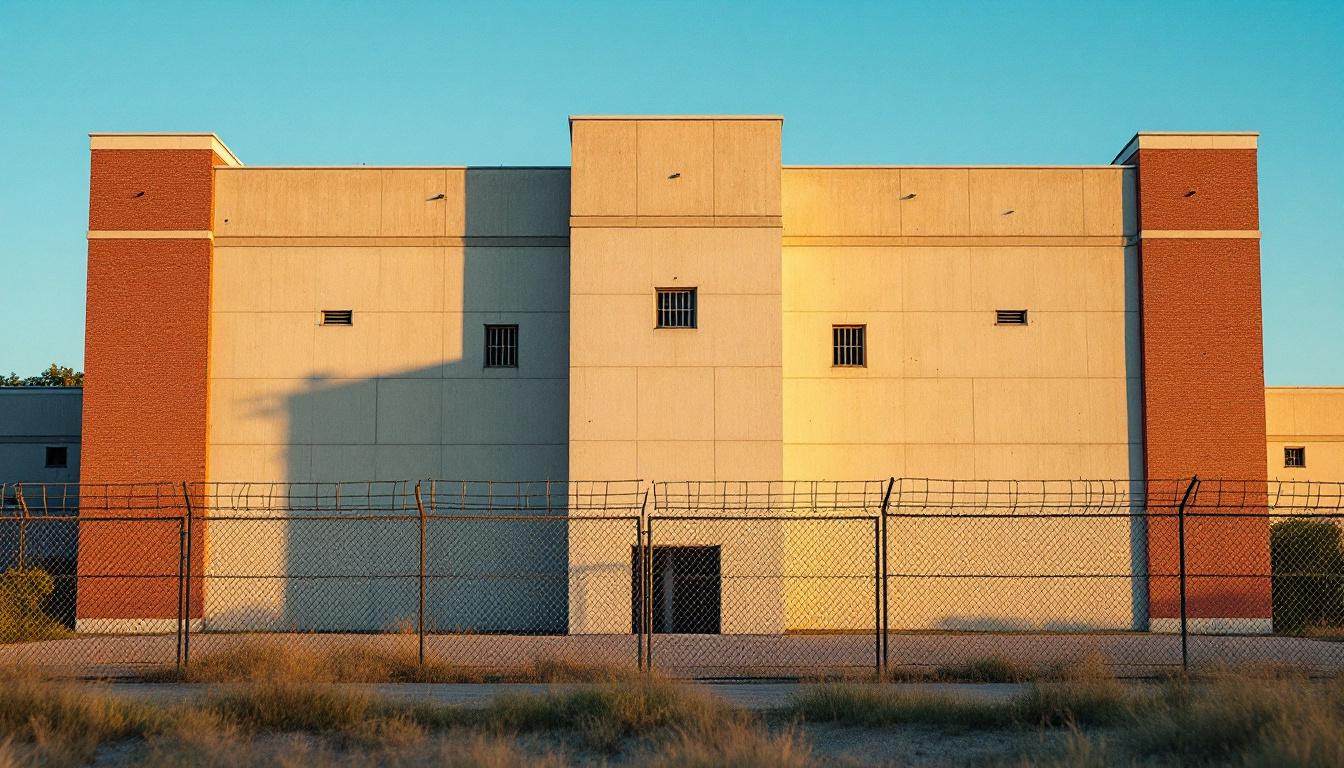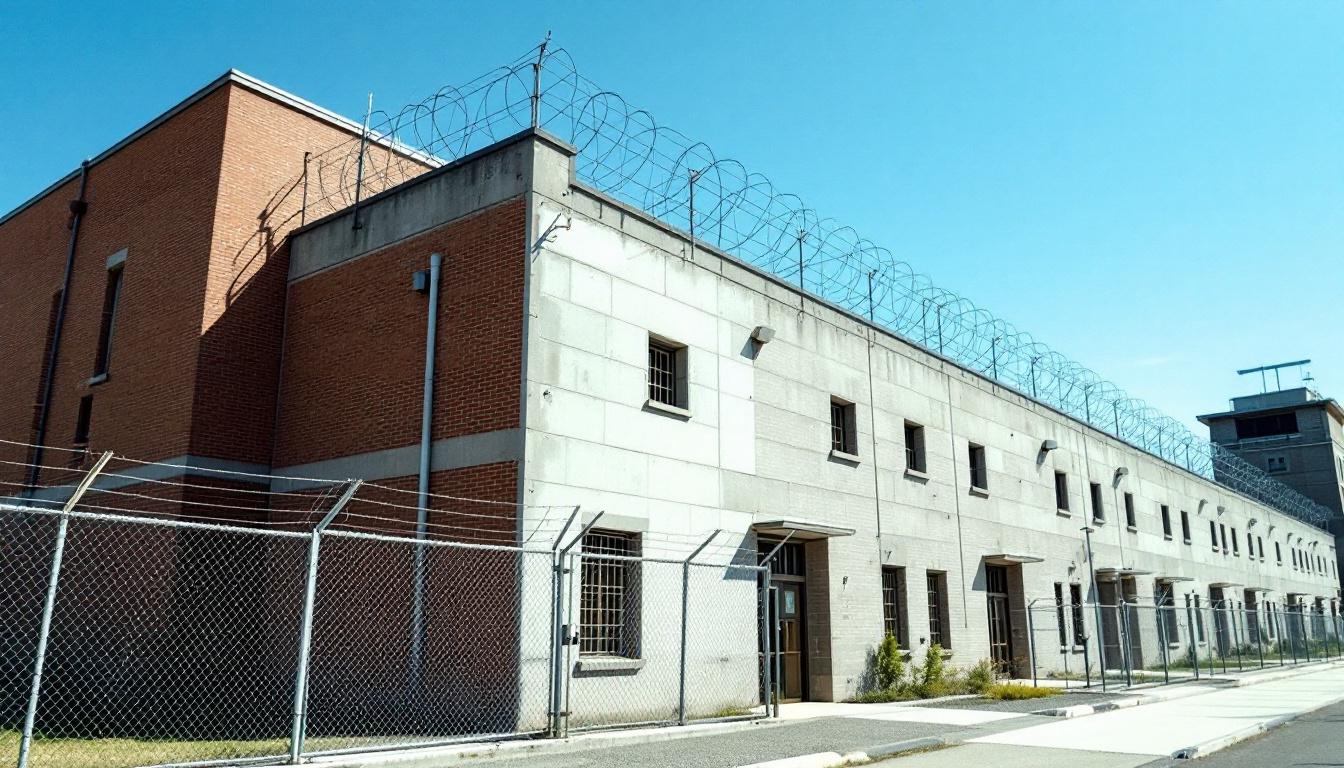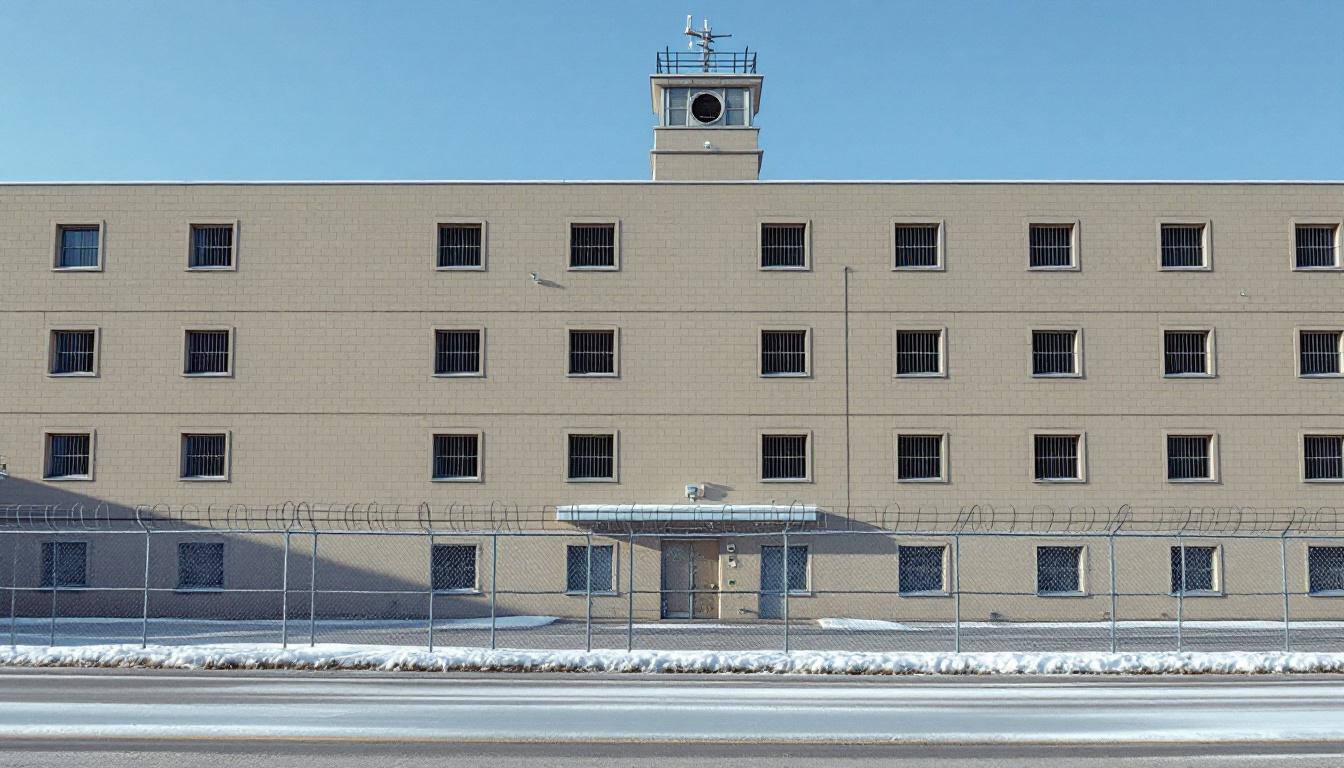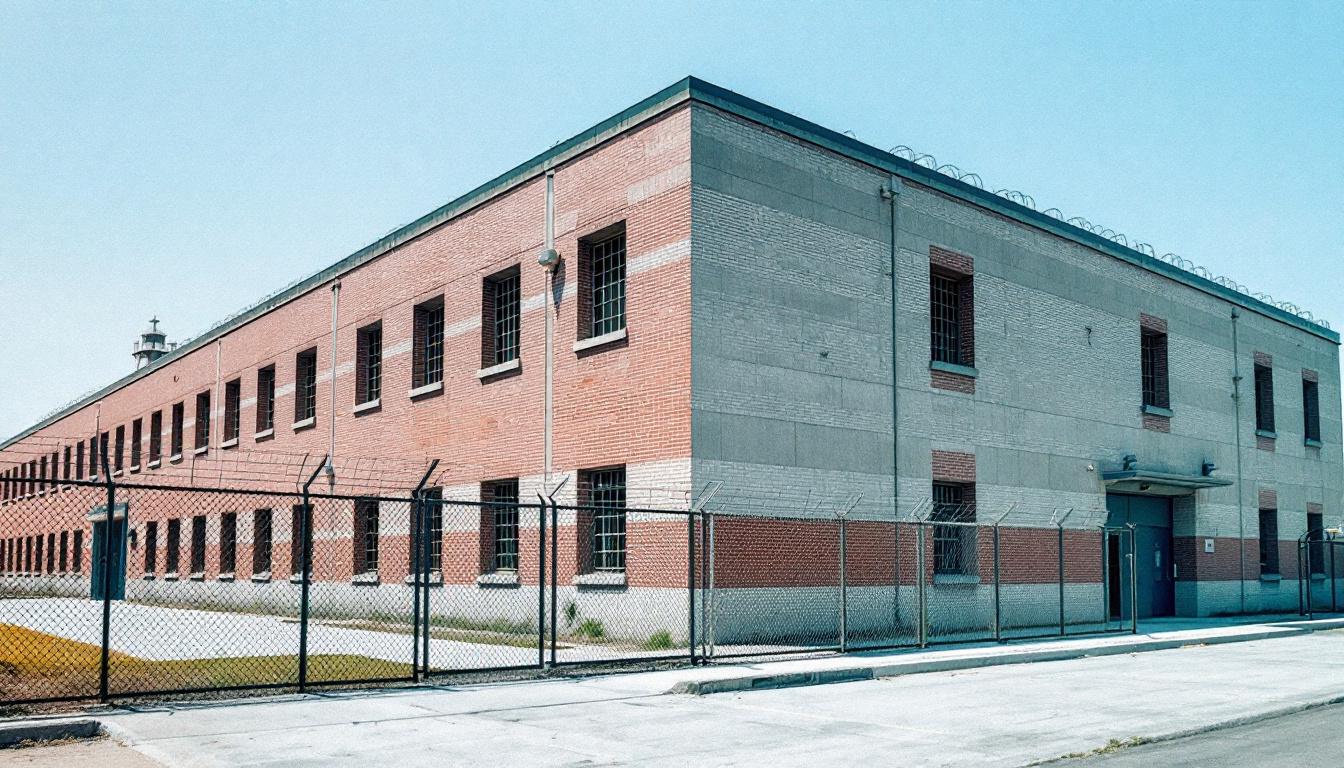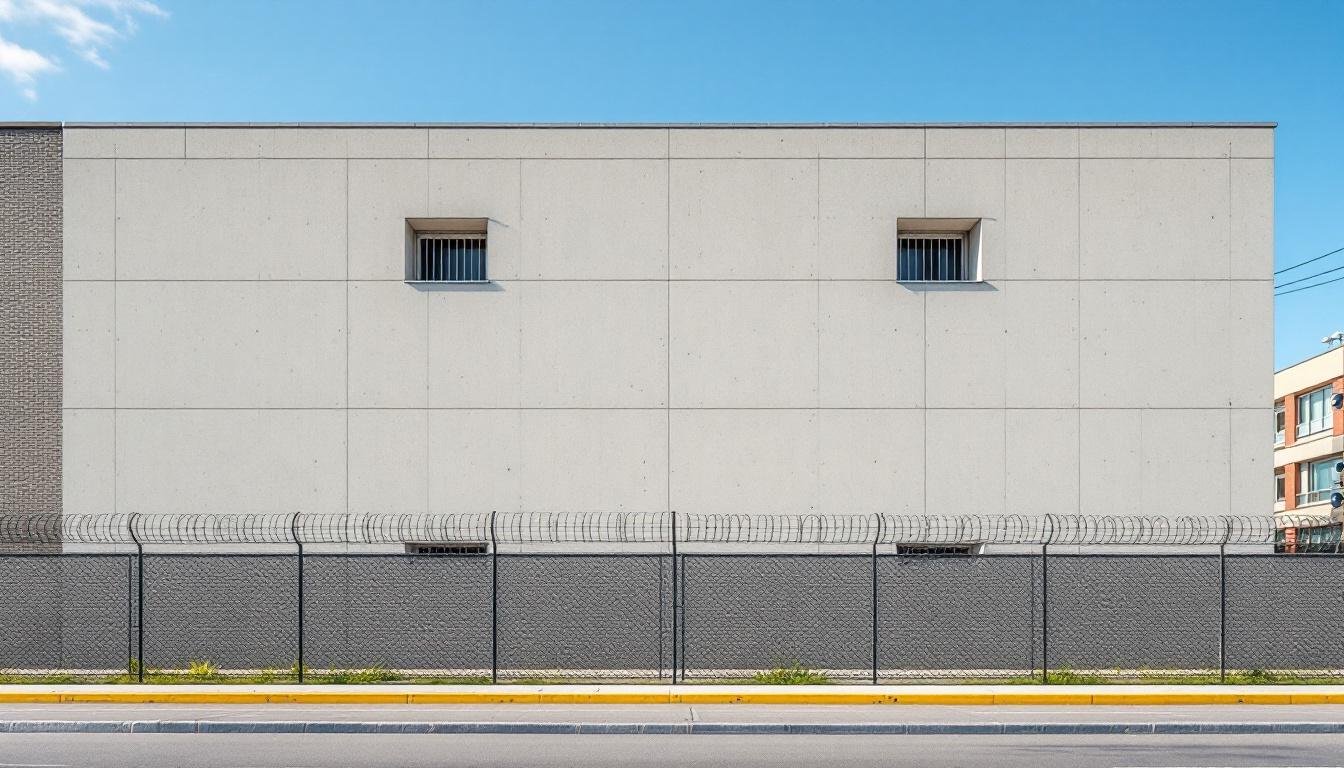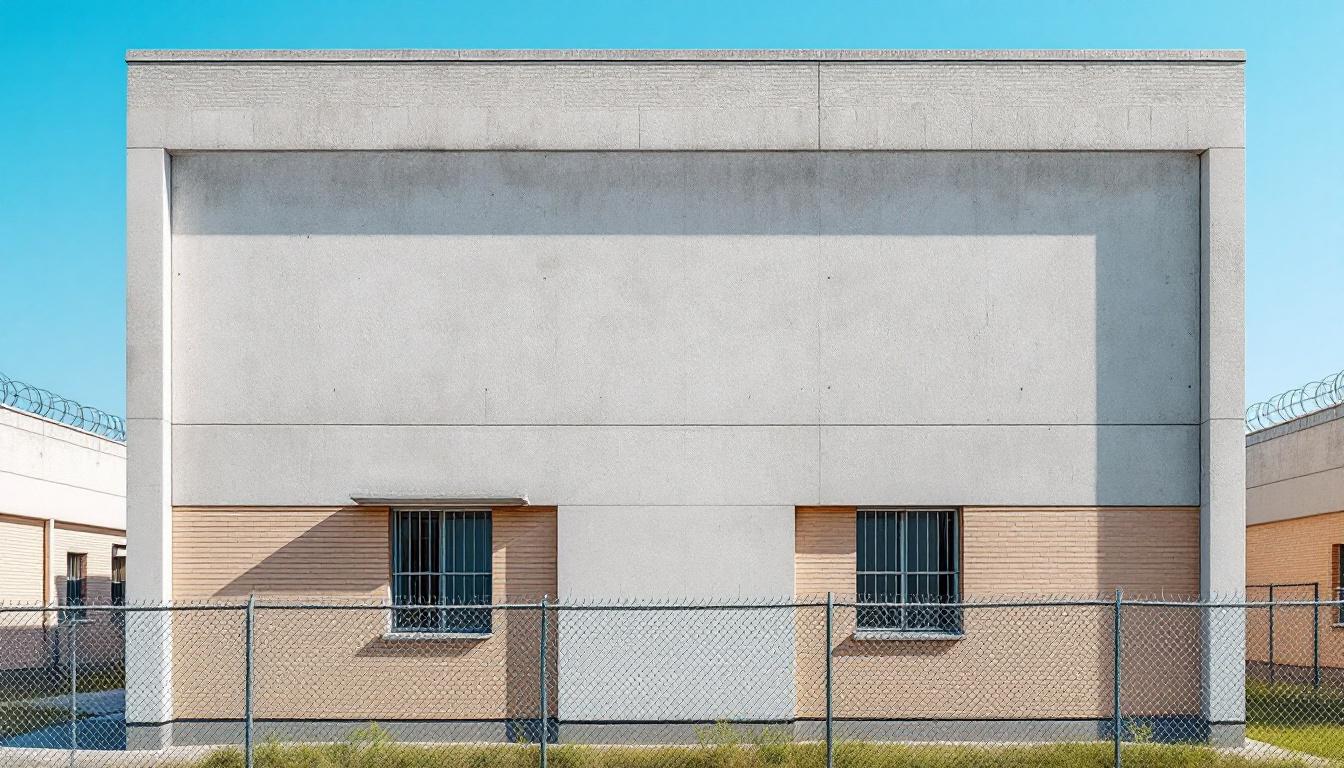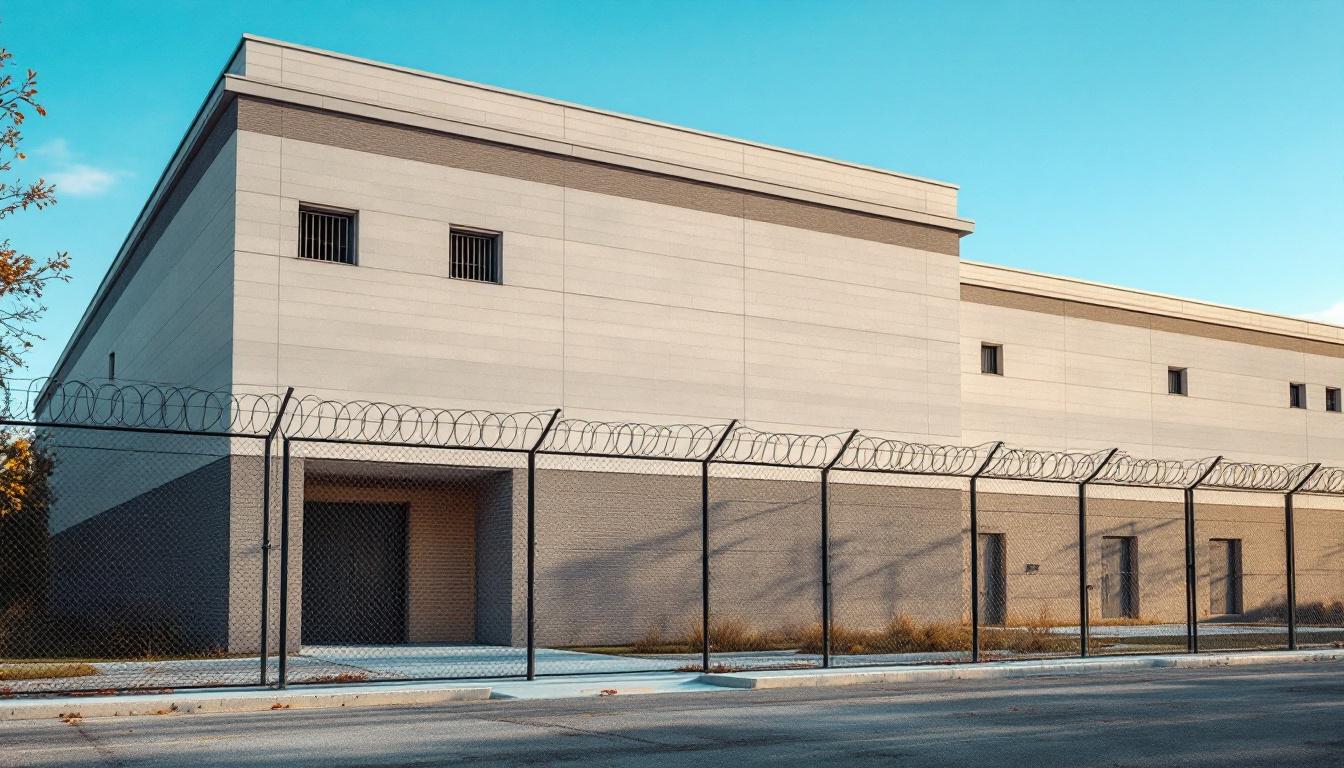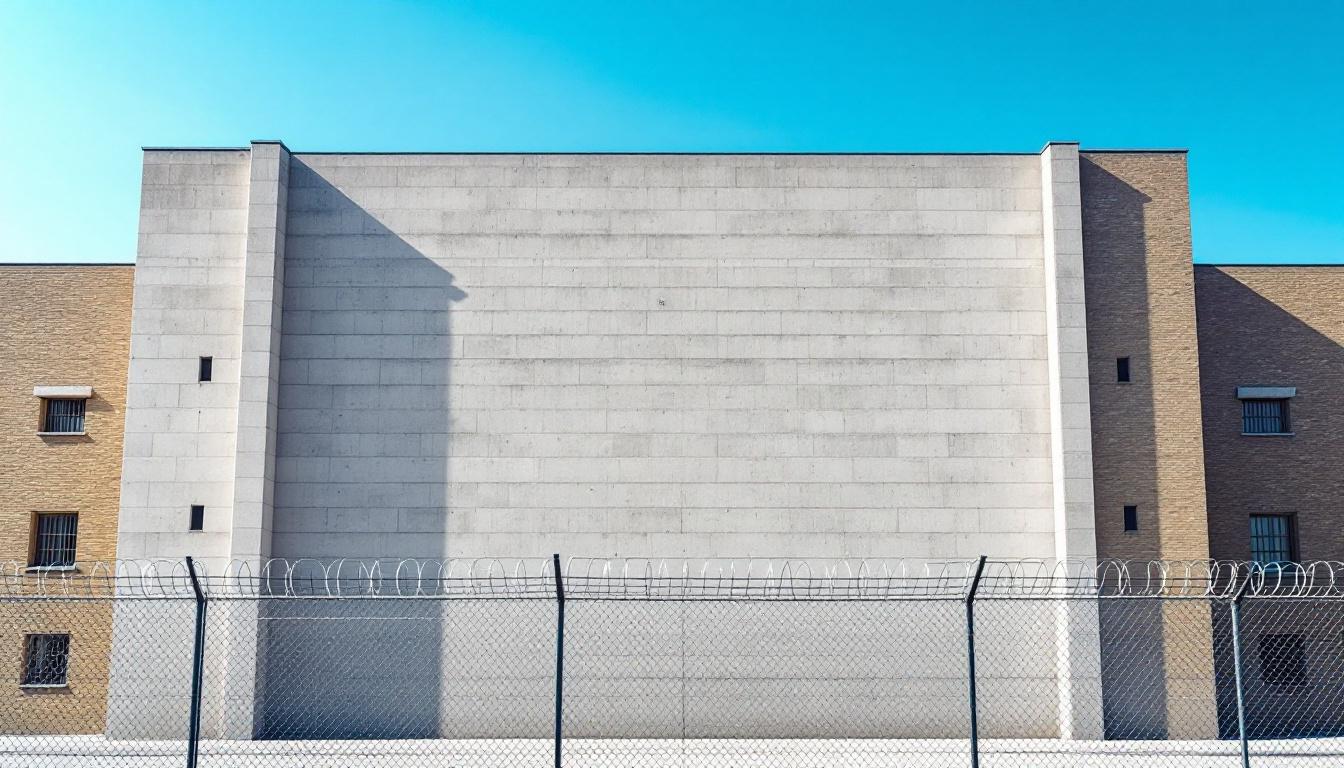
Quick Navigation
How to contact an inmate at United States Penitentiary Big Sandy
This comprehensive guide will walk you through how to connect with an inmate at United States Penitentiary Big Sandy. Follow the steps below to find an inmate and send letters and photos:
- Search for the inmate using our search tool below
- Create your account or log in to Penmate
- Write your message (up to 6,000 characters)
- Send instantly - inmates receive printed copies daily
Find an Inmate
Search for an inmate to start communicating today
Tip: You can search by first name, last name, or inmate ID number
To contact a person at United States Penitentiary Big Sandy start by searching for the person on the official facility website. Perform a search by following these steps:
- Step 1: Enter their first name and last name into the search form and click "Search"
- Step 2: Locate their inmate record
- Step 3: Write down their Inmate ID and any housing information provided
Important! Be sure to enter the person's full name. Nicknames should not be used.
How to Send Messages to Inmates

You can use your phone or computer to send emails, letters, and photos to an inmate. Messages are sent electronically to inmate tablets or kiosks at the facility. If you would like to send a message, start by searching for an inmate at United States Penitentiary Big Sandy.
Sending Photos and Postcards

A great way to send love and support to a loved one at United States Penitentiary Big Sandy is to send photos and postcards. It only takes a few minutes to send photos from your phone and it makes a huge difference. You can also mail postcards with words of support and inspiration, or design your own postcard for special moments like birthdays and holidays.
Important! Be sure not to send any explicit photos or they may not be approved by the facility. You can also use a photo printing app like Penmate to make sure your photos are printed at the correct size (4x6 or 3x5) and are mailed according to the rules and regulations of United States Penitentiary Big Sandy.
Frequently asked questions about United States Penitentiary Big Sandy
-
How long does it take to deliver a message?
If you're sending an email message your letter is usually delivered within 24-48 hours. For messages sent via mail you should expect delivery within 3-7 days. All messages will need be approved by United States Penitentiary Big Sandy.
-
How much does it cost to send a message to United States Penitentiary Big Sandy?
You can send a message free using your phone or mail a message via USPS for the price of a $0.60 stamp and envelope. You can also purchase credits or e-stamps from services starting at $1.99.
-
What services can I use to contact an inmate at United States Penitentiary Big Sandy?
Penmate
You can use Penmate to send letters and photos to an inmate from your phone. It's an easy way to stay in touch during your loved one's incarceration. Use the inmate locator to find an inmate's location and contact information, then you can send messages within a few minutes.
Securus messaging
Securus may be another option for communicating with an inmate at United States Penitentiary Big Sandy. You can create a friends and family account and purchase credits to send messages. All messages will be reviewed and must be approved by the facility.
JPay
Some county jails and state prisons may support sending messages with JPay. You must register an account with the system, find your loved one, and purchase stamps to send messages. For some locations you can also attach photos.
Smart Jail Mail
You may also check if Smart Jail Mail is available at United States Penitentiary Big Sandy. Smart Jail Mail is operated by Smart Communications and has contracted with some state and county jails. After purchasing credits, your messages and photos are sent to the facility, printed out, and then handed out to your loved one.
-
What is the mailing address of United States Penitentiary Big Sandy?
Mailing address:
United States Penitentiary Big Sandy
1197 Airport Rd
Inez, KY 41224
Phone: (606) 433-2400Business hours:
- Monday: Open 24 hours
- Tuesday: Open 24 hours
- Wednesday: Open 24 hours
- Thursday: Open 24 hours
- Friday: Open 24 hours
- Saturday: Open 24 hours
- Sunday: Open 24 hours
-
What are the visiting hours at United States Penitentiary Big Sandy?
Visiting hours at United States Penitentiary Big Sandy vary by housing unit and security level. Generally, visits are scheduled on weekends and holidays, with some facilities offering weekday visits. Contact the facility directly at (606) 433-2400 or check their website for the current visiting schedule. Visits typically last 30-60 minutes and must be scheduled in advance.
-
What items are prohibited when sending mail to United States Penitentiary Big Sandy?
Prohibited items typically include: cash, personal checks, stamps, stickers, glitter, glue, tape, staples, paperclips, polaroid photos, musical or blank greeting cards, hardcover books, magazines with staples, and any items containing metal or electronics. Only send letters on plain white paper with blue or black ink. Photos must be printed on regular photo paper (no Polaroids). Always check with United States Penitentiary Big Sandy for their specific mail policies.
-
How do I send money to an inmate at United States Penitentiary Big Sandy?
You can send money to an inmate at United States Penitentiary Big Sandy through several methods: 1) Online using JPay, Access Corrections, or the facility's approved vendor, 2) Money orders mailed directly to the facility with the inmate's name and ID number, 3) Kiosks located in the facility lobby, or 4) Over the phone using a credit or debit card. Fees vary by method, typically ranging from $2.95 to $11.95 per transaction.
-
Can I schedule a video visit with an inmate at United States Penitentiary Big Sandy?
Many facilities now offer video visitation as an alternative to in-person visits. At United States Penitentiary Big Sandy, video visits may be available through services like Penmate, Securus Video Connect, GTL, or ICSolutions. Video visits typically cost $10-20 for 20-30 minutes and must be scheduled in advance. You'll need a computer or smartphone with a camera and reliable internet connection. Contact the facility for their specific video visitation policies and approved vendors.
-
What identification do I need to visit an inmate at United States Penitentiary Big Sandy?
All visitors must present valid government-issued photo identification such as a driver's license, state ID, passport, or military ID. Minors must be accompanied by a parent or legal guardian who can provide the minor's birth certificate. Some facilities require visitors to be on the inmate's approved visitation list, which may require a background check. Contact United States Penitentiary Big Sandy for specific ID requirements and visitor approval procedures.
-
How can I find out an inmate's release date?
To find an inmate's release date at United States Penitentiary Big Sandy, you can: 1) Use the online inmate search tool if available, 2) Call the facility's records department, 3) Contact the inmate's case manager or counselor, or 4) Have the inmate provide this information during a call or visit. For privacy reasons, some facilities only release this information to immediate family members.
Facility Overview
Contact Information
United States Penitentiary Big Sandy1197 Airport Rd
Inez, KY 41224
Phone: (606) 433-2400
Official Website

About United States Penitentiary Big Sandy
Federal corrections in eastern Kentucky centers on systematic offender management through structured programming and comprehensive security protocols. USP Big Sandy serves as a high-security federal correctional facility located in Inez, Kentucky, operating within the broader framework of the Federal Bureau of Prisons to maintain public safety while supporting individual accountability and behavioral change among those incarcerated.
The facility's approach to corrections typically emphasizes a multi-layered process that integrates security operations with rehabilitative programming designed to address various aspects of offender behavior and preparation for eventual reintegration. Those incarcerated services may include educational opportunities, vocational training programs, and mental health support, all delivered within a controlled environment that prioritizes institutional safety and order. The KY correctional facility generally maintains structured daily routines that balance security requirements with programming access, allowing individuals to engage in activities that may support personal development and skill acquisition.
Located in the rural Appalachian region of eastern Kentucky, the facility operates as part of the federal system's commitment to providing secure custody while offering programming opportunities that address criminogenic factors. The correctional facility typically coordinates with various federal agencies and community organizations to facilitate services such as substance abuse treatment, educational advancement, and job skills training, though specific program availability may vary based on security level requirements and individual case factors. Through systematic case management and structured programming delivery, the institution generally works to balance public safety priorities with evidence-based practices aimed at reducing recidivism and supporting successful community reentry.
Programs & Services
Personal transformation begins with access to meaningful opportunities that address the diverse needs of those incarcerated. At USP Big Sandy, the facility's comprehensive approach to rehabilitation centers on providing structured pathways for growth that emphasize security, safety, and systematic skill development. These offerings typically focus on addressing the underlying factors that contribute to criminal behavior while building practical capabilities for successful community reintegration.
Educational services form the foundation of developmental opportunities, often including basic literacy programs, GED preparation, and post-secondary coursework delivered through secure learning environments. Those incarcerated may access computer literacy training and library resources that support academic advancement. Also, vocational programs typically provide hands-on training in trades such as construction, food service, and facility maintenance, allowing participants to develop marketable skills within the structured institutional setting. These programs often emphasize workplace safety protocols and professional conduct standards.
Support services may furnish comprehensive therapeutic interventions designed to address behavioral and psychological challenges. Substance abuse treatment programs typically utilize evidence-based approaches delivered through group and individual counseling sessions. Also, mental health counseling services often include crisis intervention and ongoing therapeutic support tailored to individual needs. Housing assistance programs may help those preparing for release by providing guidance on securing stable living arrangements and connecting with community resources, ensuring continuity of care and support during the critical transition period.
Daily Life & Visitation
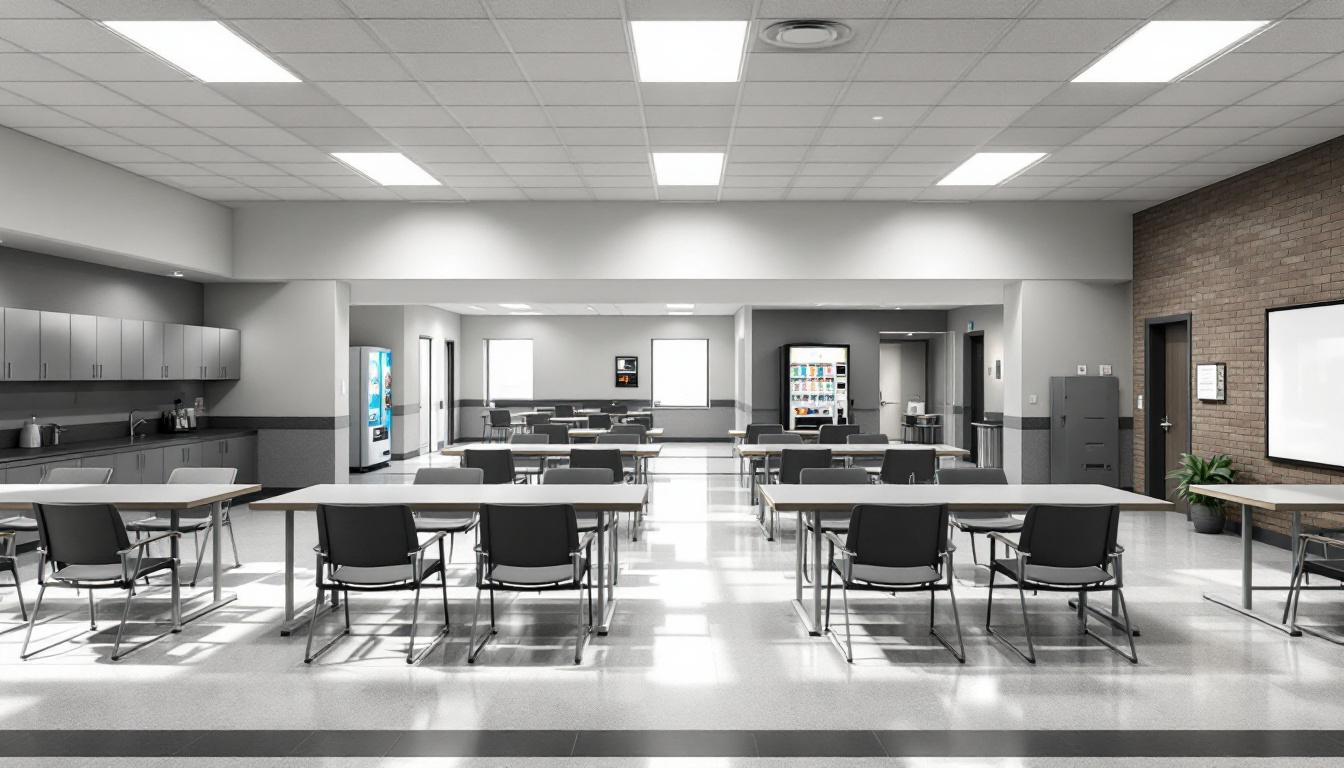
Maintaining connections with family and community members forms a central part of the experience for those incarcerated at USP Big Sandy. These relationships now provide crucial emotional support through regular phone calls, correspondence, and scheduled visits. The facility typically operates on a structured daily schedule that begins early in the morning with count procedures, followed by meal service and work assignments that help furnish stability and routine.
Housing arrangements generally place individuals in multi-person cells within larger housing units, where social interactions naturally develop among cellmates and neighbors. The dining hall serves as a communal gathering space where meals are provided at designated times throughout the day. Those incarcerated often form informal support networks within their housing areas, sharing resources and maintaining connections that help navigate daily challenges. Also, the commissary system allows individuals to purchase personal items and food products, which are frequently shared among friends and used to maintain some personal preferences.
However, structured programming schedules provide additional opportunities for meaningful engagement through educational classes, vocational training, and recreational activities. The facility may offer various work assignments in areas such as food service, maintenance, and administrative support, which help develop skills while contributing to facility operations. Recreation periods typically include access to outdoor exercise areas, indoor fitness equipment, and organized sports activities. Visitation policies generally allow for regular contact with approved family members and friends, while phone and email systems help maintain these vital outside connections that support successful reintegration goals.
Ready to Connect?
Start communicating with your loved one today
Search for an Inmate
